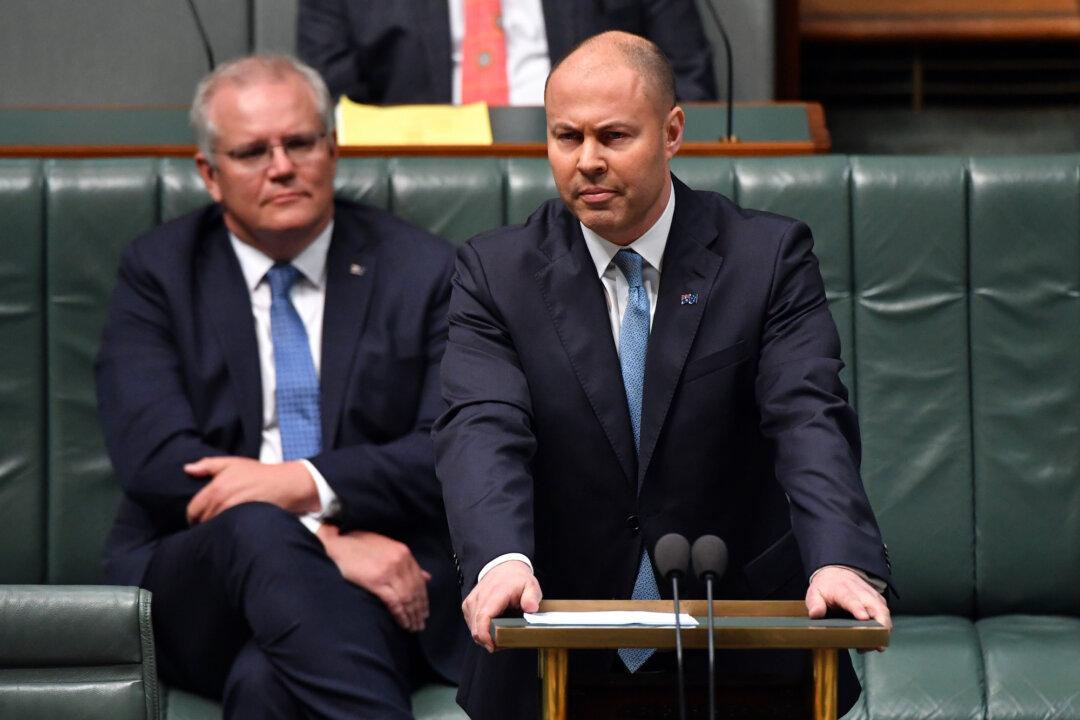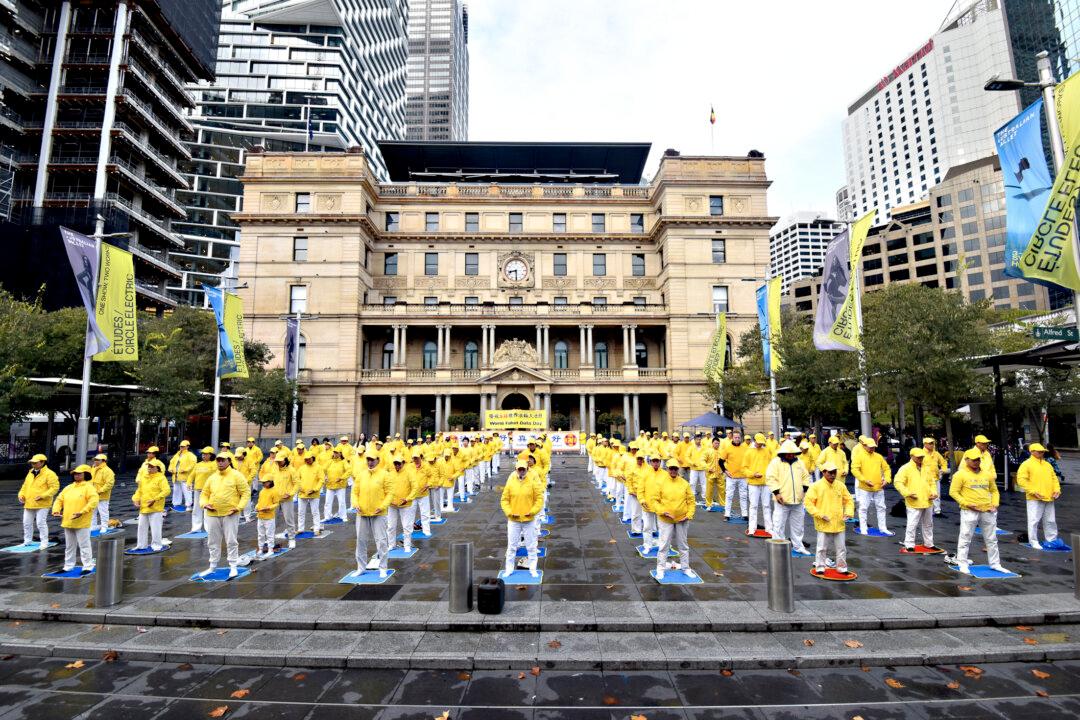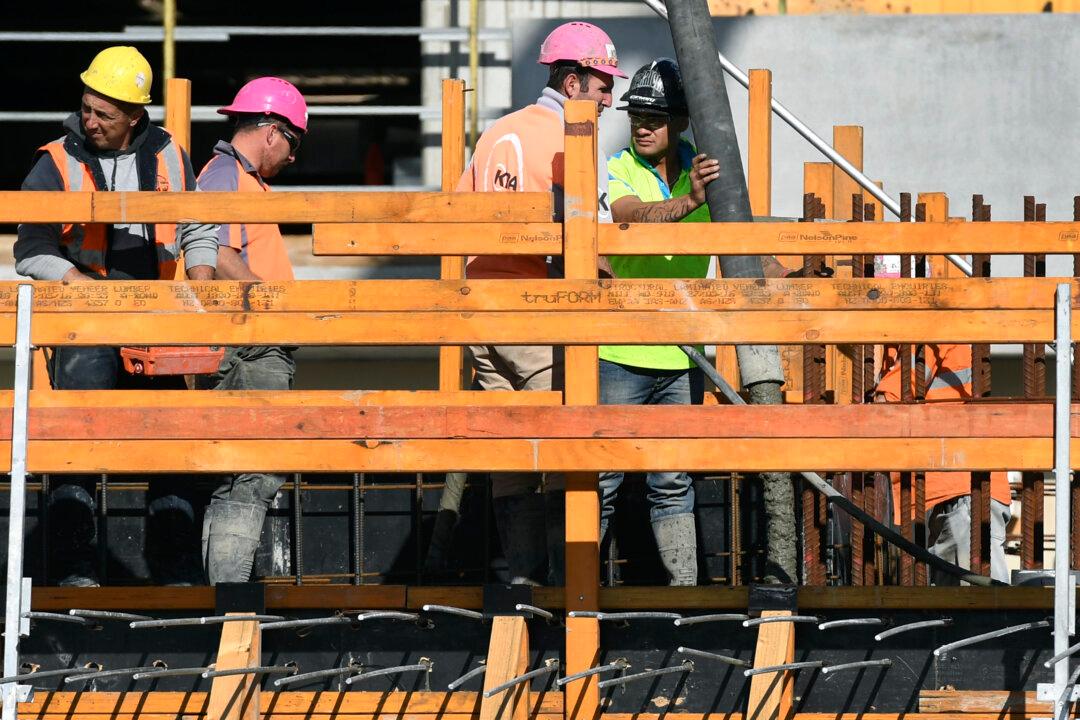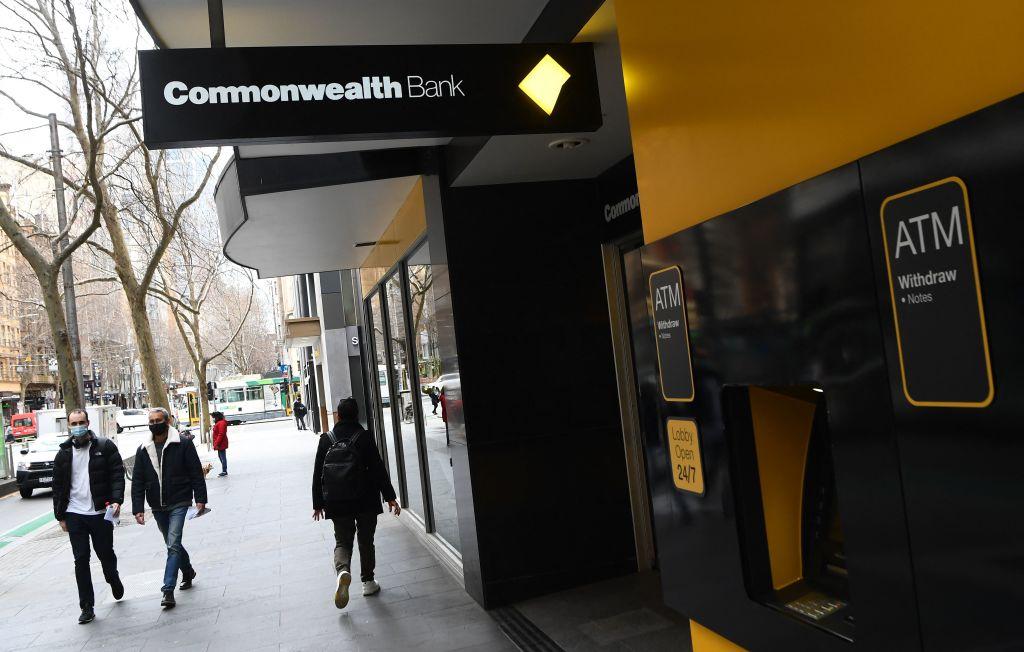Australian federal government will continue with its big deficit spending to keep up the economic momentum despite a better-than-expected performance in jobs growth and economic activity.
The economy is expected to grow by 0.75 percent in 2020/21, a big turnaround from the 1.5 percent decline predicted. The improvement is primarily due to stronger consumer spending and housing investment than anticipated.





